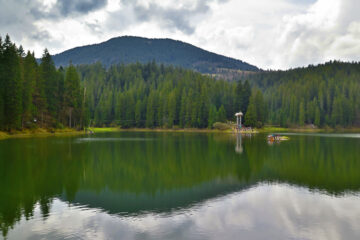Review and synthesis of best practices in governance and land-use policies to implement TEN-N
The EU Biodiversity Strategy for 2030 sets an ambitious goal to halt and reverse biodiversity loss, including through the creation of the Trans-European Nature Network (TEN-N). To support this vision, the NaturaConnect project has released a groundbreaking report: Review and Synthesis of Best Practices in Governance and Land-Use Policies to Implement TEN-N.
This comprehensive study evaluates governance frameworks and land-use policies across EU member states using the Political Economy Analysis (PEA) framework. It examines economic, political, and social factors influencing policy reforms and identifies key governance challenges such as:
- Weak regulations and legal gaps,
- Unsustainable land-use practices,
- Limited conflict management mechanisms.
Drawing on extensive data—including literature reviews, interviews, surveys, and case studies—the report provides insights from Finland, France, Portugal, Doñana (Spain), Halle-Leipzig (Germany), and the Danube-Carpathian region.
Key Findings:
- While national strategies for ecological connectivity exist, implementation remains inconsistent due to governance and legal barriers.
- Successful practices from countries like Germany and Portugal highlight opportunities to improve governance frameworks.
- Strengthening ecological connectivity requires enhanced public funding, private financing, regulatory reforms, stakeholder engagement, and sustainable land-use policies.
Why It Matters:
This report offers practical pathways and targeted interventions to enhance ecological connectivity and the role of Green and Blue Infrastructure in achieving Europe’s biodiversity goals. The findings are pivotal for policymakers, stakeholders, and conservation practitioners committed to shaping the future of biodiversity conservation and guiding the effective implementation of TEN-N.
Explore the full report and learn more about the pathways to a more connected and biodiverse Europe!



